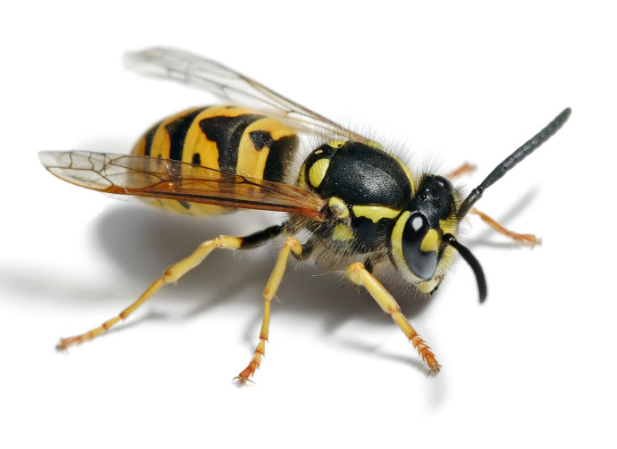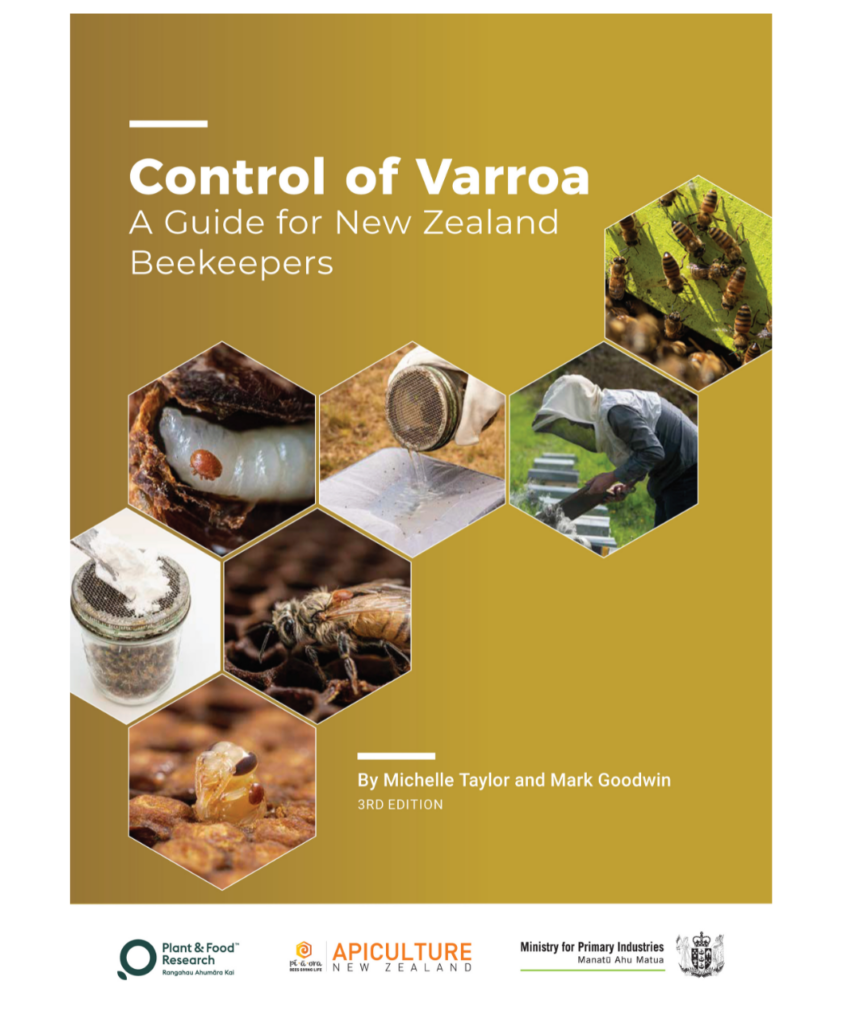More Information on Varroa? It seems like this is my favorite subject but I get so many beekeepers who do not understand the importance of controlling this pest.
To deal with this insect and to effectively treat a hive in a successful manner we need to know about this pest.
Varroa is an external parasite that if untreated will result in the death of your bee colony. This is why there are no feral hives left in NZ.
The Varroa mite was first discovered in NZ in April 2000, possibly arriving with bees imported illegally.
Biological Facts about the Varroa Mite:
The adult female mite is reddish-brown in color, while the male is white. Varroa mites are flat, having a button shape. They are 1–1.8 mm long and 1.5–2 mm wide, and have eight legs. They look a bit like sesame seeds. The male is seldom seen as it is born, mates, and dies in the brood cell. They feed on bee fat body tissue (more on this on an earlier blog https://www.hiveworld.co.nz/new-findings-on-varroa-destructor/ )
The mite reproduces only in the capped cell of a bee larvae and will lay one male and up to 5 female
This means for every mite, over a period of 21 days (for a worker) there will be 4-5 more mites. So if you have 100 mites in a hive 21 days later you will have 400-500.
21 days later you will have 2000-2500! By then it is probably too late to save your hive!
Varroa cause the bees to weaken and are then susceptible to viruses particularly DWV (Deformed Wing Virus).
Hopefully, this blog encourages you to look up more information on varroa yourself.
For our recommended treatments see options available –https://www.hiveworld.co.nz/product-category/hive-management/bee-health/varroa-treatments/




